
Cananga - Plant
(MRP Inclusive of all taxes)
- Shipping ₹79 for entire order
- Dispatch in 7 days
- Country of origin: India

(MRP Inclusive of all taxes)
 Save 29%
Save 29%
Air Purifier Money Plant with Pot The Air Purifier Money Plant, also known as Pothos or Epipremnum aureum, is a stunning indoor plant that...
View full details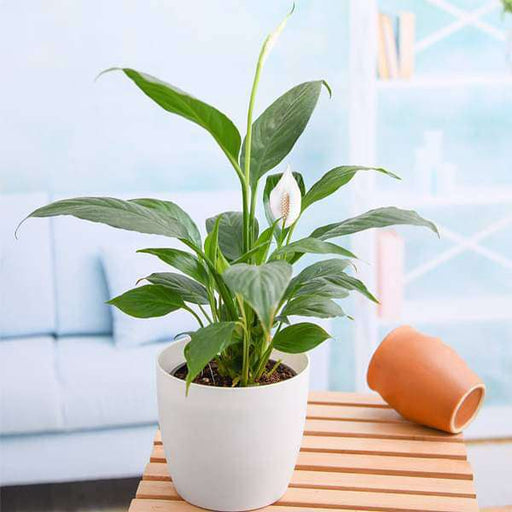
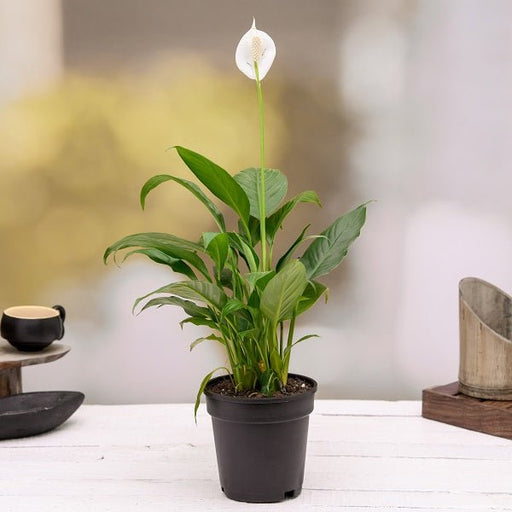 Save up to 15%
Save up to 15%
Peace Lily, Spathiphyllum - Plant The Peace Lily, scientifically known as Spathiphyllum, is a stunning houseplant celebrated for its elegant white...
View full details
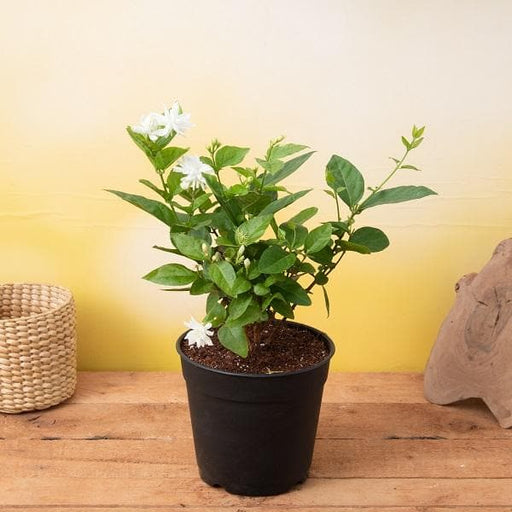 Save 25%
Save 25%
Jasminum sambac, Mogra, Arabian Jasmine - Plant Jasminum sambac, commonly known as Mogra or Arabian Jasmine, is a fragrant flowering plant...
View full details
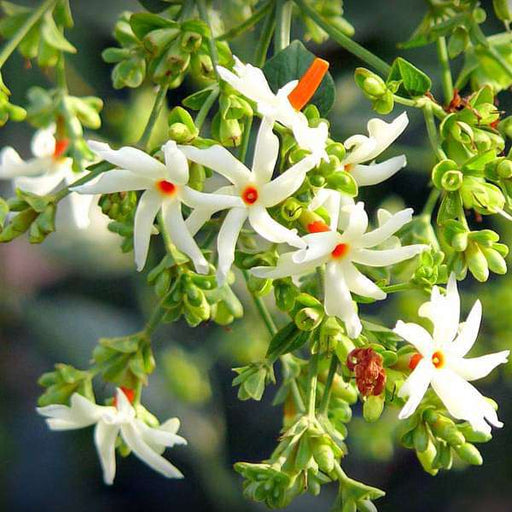 Save 18%
Save 18%
Combo Constituents Includes the Parijat Tree (Night-Flowering Jasmine), a culturally significant plant with fragrant flowers. Description The Pari...
View full details
 Save 25%
Save 25%
Miniature Rose, Button Rose (Any Color) - Plant The Miniature Rose, also known as the Button Rose, is a charming and compact flowering plant that ...
View full details Save 25%
Save 25%
Damascus Rose, Scented Rose (Any Color) - Plant The Damascus Rose, also known as Rosa damascena, is a timeless symbol of beauty and romanc...
View full details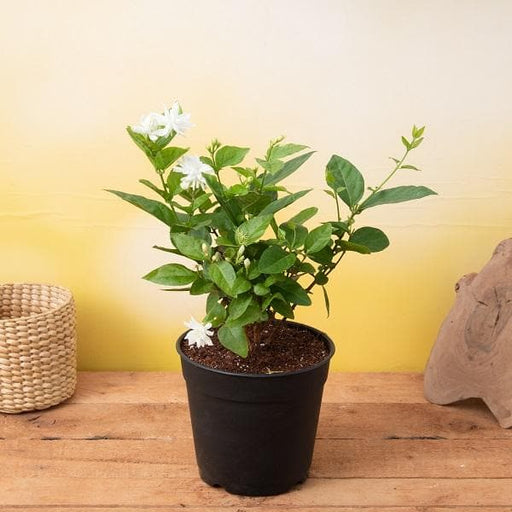
 Save 17%
Save 17%
Beautiful Fragrant Mogra, Arabian Jasmine Plant with Pot The Beautiful Fragrant Mogra, also known as Arabian Jasmine (Jasminum sambac), is...
View full details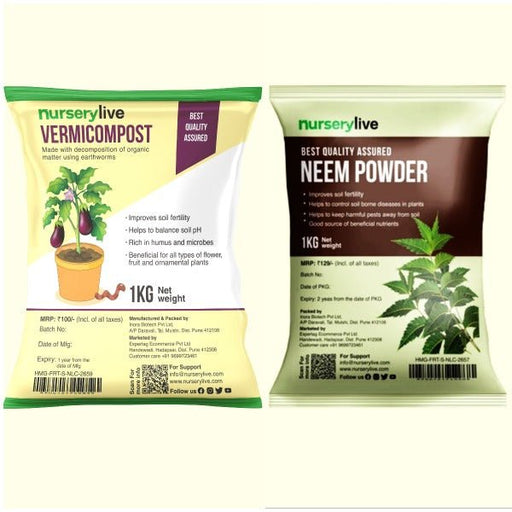 Save 15%
Save 15%
Pack of Vermicompost and Neem Cake for House Plants Transform your indoor garden with our premium Pack of Vermicompost and Neem Cake, spec...
View full details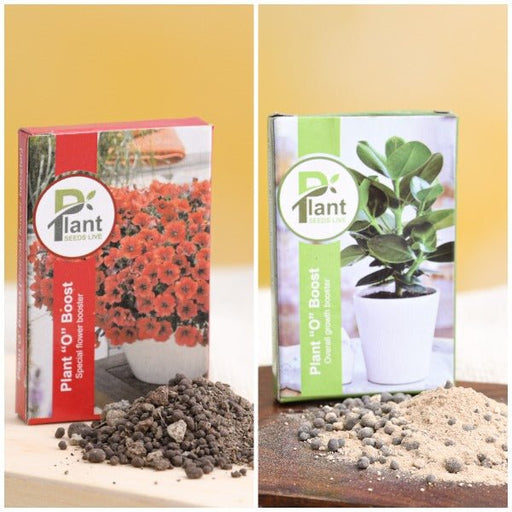
Pack of Plant Growth and Flower Boosters Unlock the full potential of your garden with our Pack of Plant Growth and Flower Boosters! This ...
View full details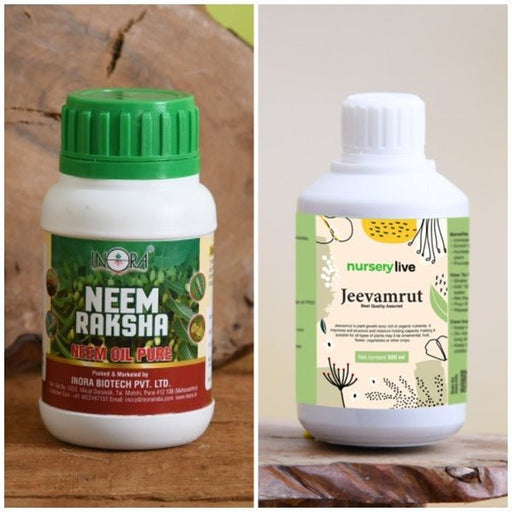 Save 38%
Save 38%
Combo of Jeevamrut and Neem Raksha for Easy Growth and Protection of Houseplants Transform your indoor garden with our exclusive combo of ...
View full details Save 22%
Save 22%
Plant Nutrients Kit (Pack of 16) for a Healthy Garden Transform your garden into a lush paradise with our Plant Nutrients Kit, featuring 1...
View full details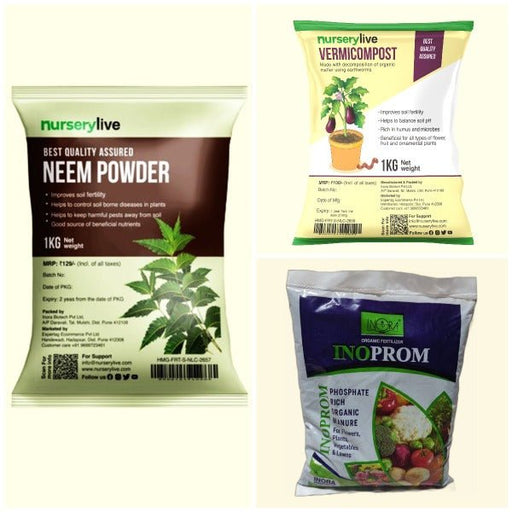 Save 16%
Save 16%
Combo of Top Plant Fertilizers Elevate your gardening game with our exclusive Combo of Top Plant Fertilizers, featuring two bags of premiu...
View full details Save 24%
Save 24%
Pack of 4 Additives to Make Soil Healthy and Nutrient Rich Transform your garden into a thriving ecosystem with our Pack of 4 Additives de...
View full details Save 30%
Save 30%
Transform your gardening experience with our premium Combo of Perlite and Vermiculite. This unique blend is designed to enhance soil aeration and ...
View full details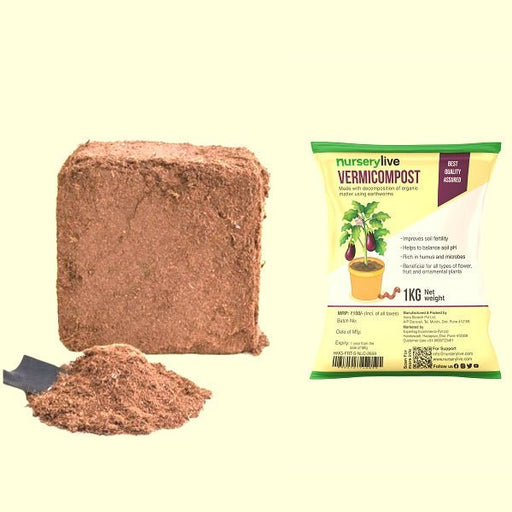 Save 27%
Save 27%
Combo of 2 Vermicompost and Cocopeat - Enrich Your Soil Naturally! Transform your garden into a thriving ecosystem with our Combo of 2 Ver...
View full details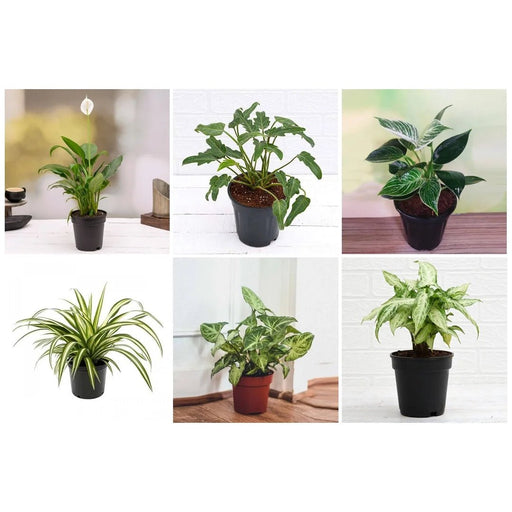
 Save 35%
Save 35%
Best 6 Plants for Perfect Indoor Garden Transform your living space into a lush oasis with our curated collection of the Best 6 Plants for a...
View full details
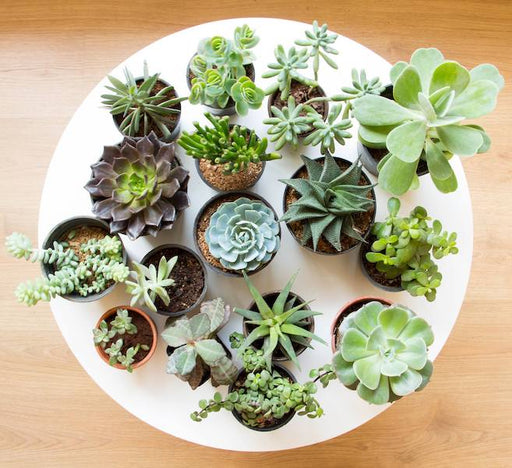 Save up to 50%
Save up to 50%
Mini Succulent Garden Pack Transform your space with our Mini Succulent Garden Pack, featuring a delightful collection of 4 any variety beautiful s...
View full details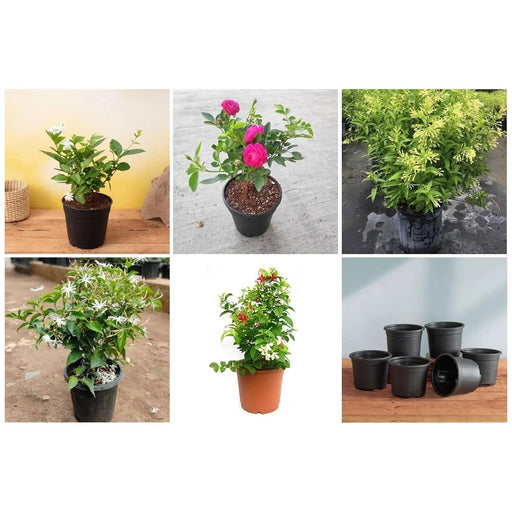
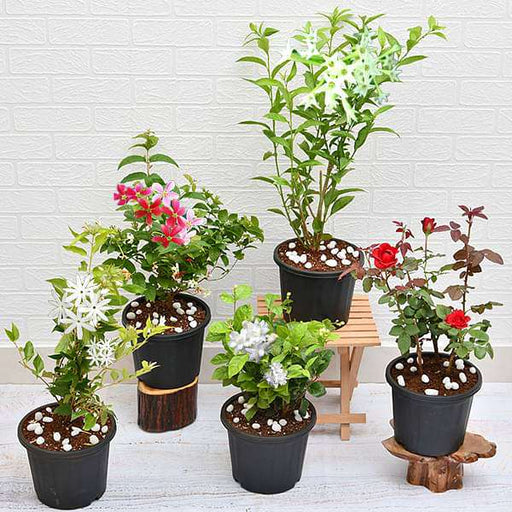 Save 30%
Save 30%
5 Best Fragrant Plants Transform your garden or indoor space into a fragrant paradise with our curated selection of the 5 Best Fragrant Plants. Th...
View full details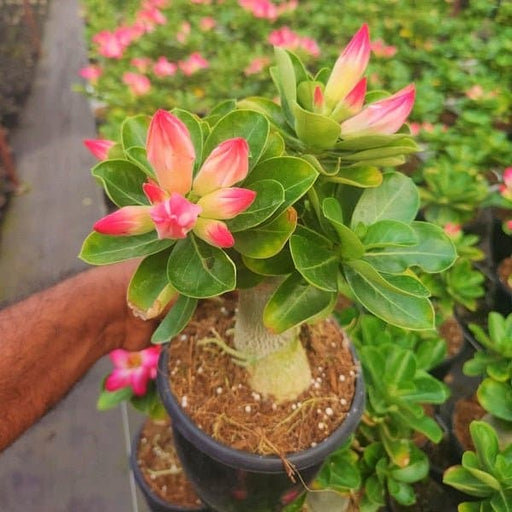
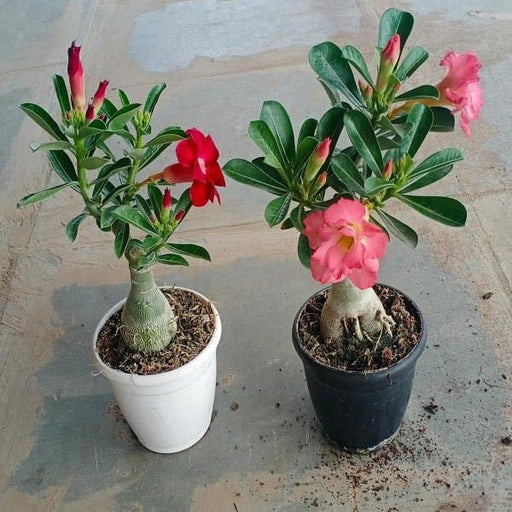 Save 24%
Save 24%
Set of 2 Bonsai Looking Grafted Adeniums Transform your indoor or outdoor space with our exquisite Set of 2 Bonsai Looking Grafted Adenium...
View full details Save 45%
Save 45%
Top 4 Die Hard Succulents Pack Transform your indoor or outdoor space with our Top 4 Die Hard Succulents Pack, featuring a curated selecti...
View full details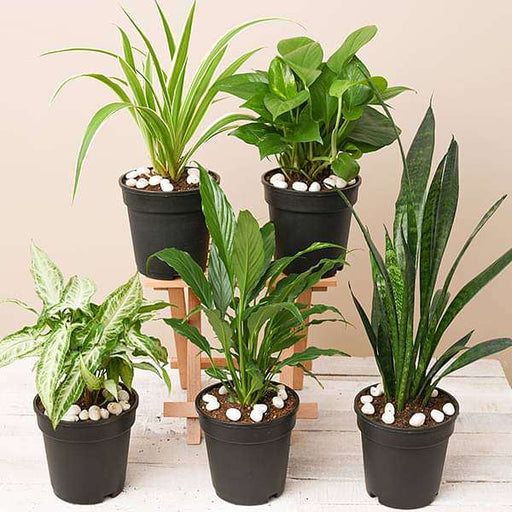
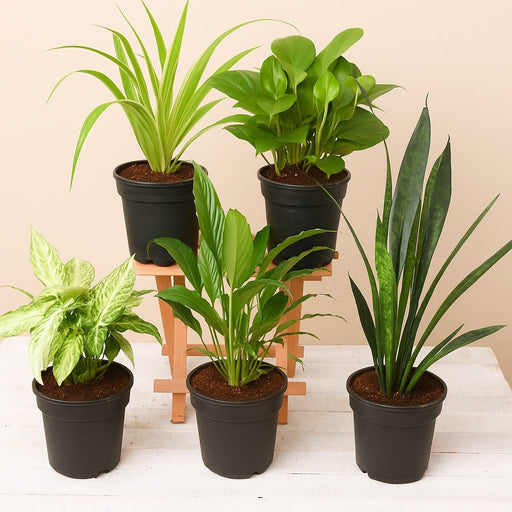 Save 30%
Save 30%
5 Best Indoor Plants Pack Transform your living space into a lush oasis with our '5 Best Indoor Plants Pack.' This carefully curated collection fe...
View full details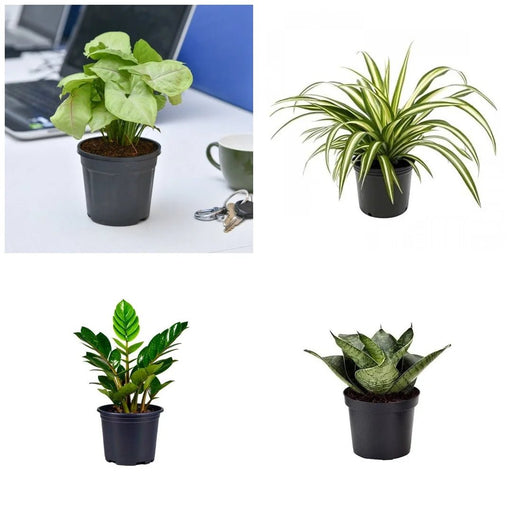
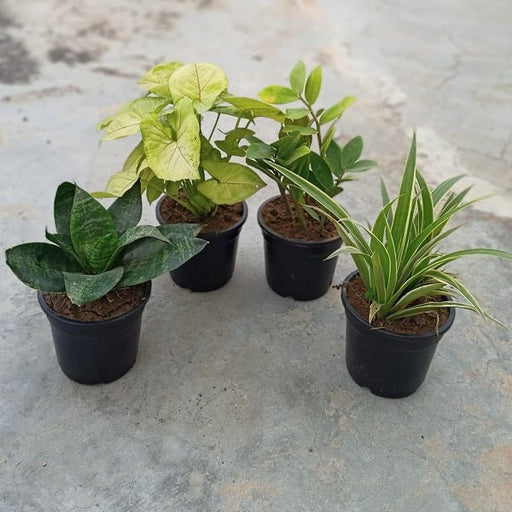 Save 25%
Save 25%
Set of 4 Evergreen Air Purifier Plant Pack Transform your indoor space into a lush, green oasis with our Set of 4 Evergreen Air Purifier Pla...
View full details| SrNo | Item Name |
|---|---|
| 1 | Cananga - Plant |
The Cananga plant, commonly known as Ylang-Ylang (Cananga odorata), is a tropical tree native to Southeast Asia. Renowned for its fragrant yellow flowers, this plant is not only a visual delight but also a powerhouse of essential oils. The flowers are harvested for their aromatic properties, making them a staple in perfumery and aromatherapy. With its lush green foliage and stunning blossoms, Cananga adds a touch of the tropics to any garden or indoor space.
What makes Cananga special is its rich history and cultural significance. Traditionally used in various ceremonies and rituals, the Ylang-Ylang flower symbolizes love and beauty. Its essential oil is celebrated for its calming and uplifting properties, making it a favorite in holistic practices. The plant also plays a vital role in local ecosystems, providing habitat and food for various pollinators.
One of the standout features of the Cananga plant is its ability to thrive in diverse environments. It can grow in both humid and dry conditions, making it adaptable to different climates. Additionally, the flowers bloom in waves, ensuring a continuous display of beauty and fragrance throughout the year.
Cananga plants contribute positively to their ecosystems by providing food and habitat for various species. Their cultivation can promote biodiversity and support local economies through sustainable harvesting practices. Additionally, the essential oils derived from Cananga can be a more eco-friendly alternative to synthetic fragrances, reducing the environmental footprint of the fragrance industry.
If you think trees are just for shade, think again! Cananga essential oil is the aromatic superstar derived from the Cananga tree. This oil is like a spa day in a bottle, known for its calming properties and ability to uplift your mood. Just a whiff can transport you to a tropical paradise, making it a favorite among aromatherapy enthusiasts. Plus, it’s a natural aphrodisiac—who knew trees could be so romantic?
The Cananga tree isn’t just a pretty face; it’s a multitasking marvel! From its stunning flowers that attract pollinators to its leaves that can be used in traditional medicine, this tree is a treasure trove of benefits. It’s like the Swiss Army knife of the plant world, offering everything from shade to soothing remedies. Who wouldn’t want a tree that does it all?
Imagine walking through a lush forest, and suddenly, you’re hit with a sweet, floral scent that makes you feel like royalty. That’s the magic of Cananga fragrance! This delightful aroma is often used in perfumes and candles, adding a touch of elegance to any space. It’s the olfactory equivalent of a fancy dinner party—sophisticated, inviting, and just a little bit exotic.
Growing a Cananga tree is like nurturing a diva; it requires the right conditions to thrive! These trees love warm, humid climates and well-drained soil. If you’re up for the challenge, you’ll be rewarded with beautiful blooms and a fragrant garden. Just remember, patience is key—good things come to those who wait, especially when it comes to trees!
The Cananga tree is the ultimate overachiever, with uses that span from culinary delights to traditional medicine. Its flowers can be used to make tea, while its leaves have been employed in various herbal remedies. It’s like having a personal chef and a doctor all rolled into one leafy package. Who knew a tree could be so versatile?
Step aside, modern medicine; Cananga is here to steal the show! In various cultures, the tree has been used for its healing properties, treating everything from headaches to skin irritations. It’s like the wise old sage of the plant kingdom, offering natural remedies that have stood the test of time. Who needs a pharmacy when you have a Cananga tree in your backyard?
The Cananga tree thrives in tropical climates, making it the ultimate sun-seeker. Found in regions like Southeast Asia, it loves warm temperatures and plenty of moisture. Think of it as the beach bum of the plant world, soaking up the sun and enjoying life. If you’re looking to plant one, just make sure it’s in a spot that feels like a permanent vacation!
The Cananga tree is a pollinator’s paradise! Its fragrant flowers attract bees, butterflies, and other pollinators, making it a vital player in the ecosystem. It’s like hosting a never-ending garden party, where the guests are buzzing with excitement. By planting a Cananga tree, you’re not just beautifying your space; you’re also supporting the local wildlife. Talk about a win-win!
If you’re impatient for instant gratification, the Cananga tree might test your patience. While it grows relatively quickly compared to other trees, it still takes a few years to reach its full glory. Think of it as a slow-blooming romance; the wait is worth it when you finally see those stunning flowers. Good things come to those who wait, right?
Caring for a Cananga tree is like being a doting parent; it requires love, attention, and the right conditions. Regular watering, pruning, and pest control are essential to keep your tree healthy and happy. It’s a labor of love, but the reward is a beautiful, fragrant tree that will make your neighbors green with envy. Who knew tree parenting could be so fulfilling?
Just like people, Cananga trees come in different varieties, each with its own unique charm. From the classic Cananga odorata to lesser-known species, there’s a Cananga for every garden. It’s like a family reunion of trees, each one bringing its own flair to the party. So, whether you’re looking for a fragrant centerpiece or a shade provider, there’s a Cananga variety waiting for you!
Cananga is a tropical tree native to Southeast Asia, known for its fragrant flowers. Often confused with ylang-ylang, it’s the life of the party in the plant world, attracting pollinators and perfumers alike. Its essential oil is a favorite in aromatherapy, making it a must-have for any plant enthusiast’s collection.
Caring for Cananga is like nurturing a diva; it loves bright, indirect sunlight and well-draining soil. Water it regularly, but don’t drown it—this plant prefers to dry out a bit between drinks. Fertilize during the growing season, and watch it flourish like a star on the red carpet!
Absolutely! Cananga can be a fabulous indoor companion, provided it gets enough light. Place it near a window with filtered sunlight, and it’ll thrive like a houseplant superstar. Just remember to keep the humidity up; this tropical beauty loves a steamy atmosphere, so mist it like you’re giving it a spa day!
Use it in diffusers or massage oils for a fragrant escape from reality.
While Cananga is generally considered non-toxic, it’s always best to keep an eye on your furry friends. Some pets might be curious and nibble on the leaves, which could lead to an upset tummy. So, if your pet starts acting like a plant connoisseur, gently redirect their attention to their toys!
Cananga is a fast-growing tree, often reaching impressive heights in just a few years. With the right conditions—plenty of sunlight, warmth, and moisture—it can grow like it’s training for a marathon. Just be prepared to give it some space, as it can become quite the towering presence in your garden!
Yes, you can propagate Cananga, and it’s easier than you might think! Take cuttings from healthy stems, and place them in water or soil. With a little patience and the right conditions, you’ll have new plants sprouting like they’re auditioning for a role in your garden’s next big production!
Cananga can attract a few pesky visitors, like aphids and spider mites. But fear not! A gentle spray of insecticidal soap or neem oil can send them packing. Keep an eye on your plant, and it’ll remain the belle of the botanical ball, free from unwanted guests.
Cananga is not a fan of frost; it prefers warm, tropical climates. If you live in a cooler area, bring it indoors during winter to keep it cozy. Just remember, it’s not a snow bunny! Protect it from cold drafts, and it’ll be ready to bloom again when spring rolls around.
Cananga thrives in well-draining, loamy soil that retains some moisture without becoming soggy. Think of it as the Goldilocks of soil—too dry or too wet just won’t do! A mix of potting soil and perlite or sand will keep your Cananga happy and growing like a champ.
Watering Cananga is all about balance. Allow the top inch of soil to dry out before giving it a drink. During the growing season, it may need more frequent watering, while in winter, it prefers to sip less. Just remember, overwatering is a surefire way to send your plant to the great garden in the sky!